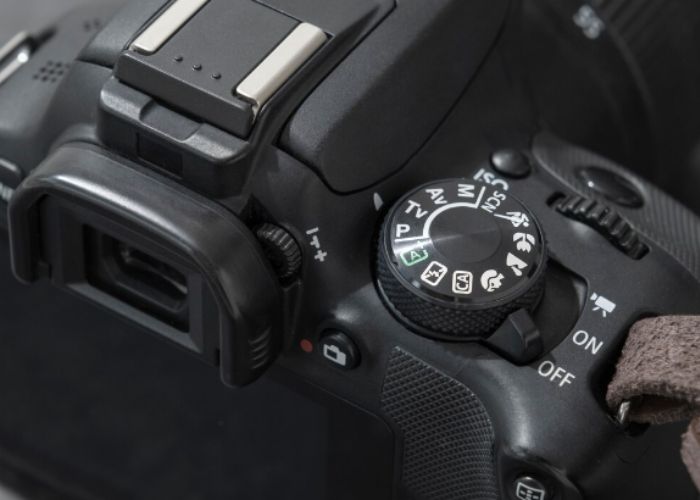Digital camera technology has undergone significant evolution, marking a journey from novelty low-resolution images to today’s sophisticated DSLRs and mirrorless cameras that redefine image quality and versatility. Innovations in sensor design, autofocus capabilities, image stabilization, and connectivity options such as Wi-Fi have democratized photography, making it accessible to amateurs while pushing creative boundaries for professionals.
The Rise of Digital Cameras:
In 1975, Steven Sasson, an engineer at Eastman Kodak, invented the first digital camera, weighing 8 pounds and capturing only black-and-white images. Over the next two decades, advancements like colour imagery and reduced size gradually made digital cameras mainstream. By the mid-1990s, a digital camera revolutionized photography with easy image editing and sharing capabilities.
Today, digital photography encompasses cutting-edge trends like drone photography for aerial perspectives and the immersive experience of 360-degree photos. Smartphones complement traditional cameras with convenience, while mirrorless cameras offer portability without compromising on image quality comparable to DSLRs. Features like photographic filters and AI-driven enhancements personalize edits, and cloud storage solutions gain favour for their convenience and capacity.
Understanding What Makes a Good Digital Camera: Key Features to Look For
Image quality and resolution are paramount in photography. High-resolution images offer sharp clarity and detail, enhancing visual communication effectiveness and aesthetic appeal. Sensor size plays a crucial role, in influencing light intake and image quality, especially in low-light conditions. Larger sensors found in DSLRs and mirrorless cameras excel in capturing depth and details.
Autofocus (AF) speed ensures sharp image capture, crucial for subjects in motion or low-light scenarios. Additionally, features like image stabilization and various shooting modes enhance photographic versatility. A user-friendly interface simplifies operation, ensuring enjoyable user experiences, while long battery life supports prolonged shooting sessions without interruptions.
Buying Guide: Tips on Choosing the Right Digital Camera for You
Budget considerations are fundamental when choosing a digital camera. Understanding your financial framework guides informed decisions, preventing unnecessary expenses and aligning investments with financial goals. When evaluating cameras, prioritize features like resolution, sensor size, optical zoom capabilities, and connectivity options that cater to your specific photography needs.
Brand reputation and customer support are equally significant. Trusted brands offer not just superior product quality but also reliable post-sale services, ensuring customer satisfaction and trust. Prioritize brands known for their commitment to customer care and effective conflict resolution.
Conclusion
Consulting a buying guide before purchasing a digital camera maximizes satisfaction and financial investment. By evaluating factors such as megapixels, zoom range, and sensor size, you can select a camera that aligns perfectly with your photography style and budget. This research-driven approach ensures your investment in a digital camera enhances your photographic capabilities and delivers lasting value.
FAQs
Are digital cameras still worth buying?
Despite smartphone camera advancements, digital cameras remain worth buying for superior image quality, manual controls, interchangeable lenses, and better zoom capabilities. They cater to dedicated photographers seeking high-quality images and precise control over their photography.
What are the four types of digital cameras?
Digital cameras include Compact point-and-shoots, DSLRs (digital single-lens reflex), Mirrorless cameras, and Action cameras. Each type offers unique features suited to different photography needs, from portability and ease of use to versatility and ruggedness for outdoor conditions.
Are digital cameras better than phones?
Digital cameras excel in image quality and optical zoom capabilities, making them preferred by professional photographers. Phones offer convenience, quick editing tools, and easy sharing options, appealing to everyday users for casual photography.
What is a digital camera used for?
A digital camera captures photos and records videos digitally, allowing instant preview, editing, and sharing. Widely used in journalism, arts, security systems, and scientific fields, digital cameras offer flexibility and unlimited shot capture compared to traditional film-based cameras.





